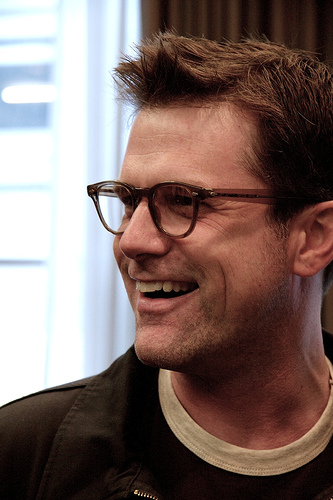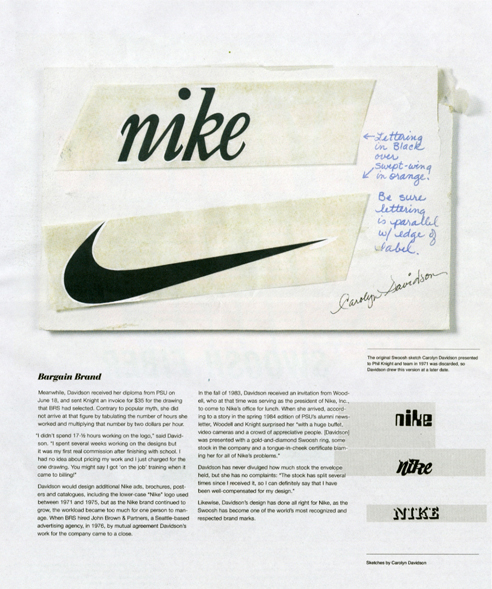Estimate time to read this page: 3 – 5 minutes
Editions Reviewed: Hardcover, Audiobook
Recommendation: Read it. Then, like Seth suggests, give it away.
This past week Steve Jobs resigned (retired?) as CEO of Apple. He’s arguably one of the most charismatic leaders of one of the largest and most influential tribes on the planet, and there’s been a lot of talk over the last few days about the fate of Apple, both the company and the tribe. In honor of Steve, here we go…
 Tribes is a blessedly concise book about the need…the need to lead.
Tribes is a blessedly concise book about the need…the need to lead.
Seriously, it’s short, and tiny, and it’s set it pretty big type. It’s a breeze to read in a couple of hours (the unabridged audiobook is less than 4 hours long), which means that if you have a client who needs to wrap their head around this idea, they might actually read it if you gave it to them.
Another thing that makes it fairly giftable, if you’re the type to give clients a book, is that the content isn’t really about branding so much as it is fanaticism, leadership, and making a difference in the things that matter to you. So, if your contact inside an organization isn’t decisions maker, there’s still something here for them. In fact, it might empower them to become an advocate for you and your work inside their organization.
Of course, there are implications for branding, customer service, marketing, and building a business in general. Mr. Godin talks about tribes not only in the context of marketing, but in terms of building communities, teams, businesses and an audience. His hypothesis is that not only is it easier than ever for people to assume the mantle of leadership, but that it’s becoming more and more expected of us that we take on leadership roles without being assigned them, and that the market rewards those who do.
There are two major ideas in Tribes that I find interesting personally:
- Stability is an illusion—Tribes introduced me to the idea of ‘The Factory.’ The Factory is the traditional, top-down, bottom-line, widget producing organization that mistakes management for leadership and lops off the heads of those who are willing to stick their necks out. Seth discusses it a lot more in-depth in Linchpin.
- You don’t need authority to lead a tribe—Why? Because authority is frequently invested in the status quo. Did you know that The Grateful Dead only ever had one Top 40 album? Think about it. Billboard is concerned with album sales, because the record industry is concerned with album sales. The Grateful Dead, and their thousands of fans however, were not. They didn’t look to Billboard to define their success.
Think about that the next time you let not having a wall full of awards, or bigger clients or a book deal stand in the way of attempting something you care about.
The point that I’d forgotten about until I refreshed myself for this review is that nearly all progress relies on some heretic standing up and disrupting the status quo. When he says, “We need you to lead us,” he means We in the grand cultural sense. Your employer, your employees, your customers, your peers, colleagues, audience, customers…We.
His message is not entirely unlike another message that a lot of us are intimately familiar with. So, to bring our little talk of tribalism to a close (and full circle), I’ll leave you with this:
Thanks, Steve.



